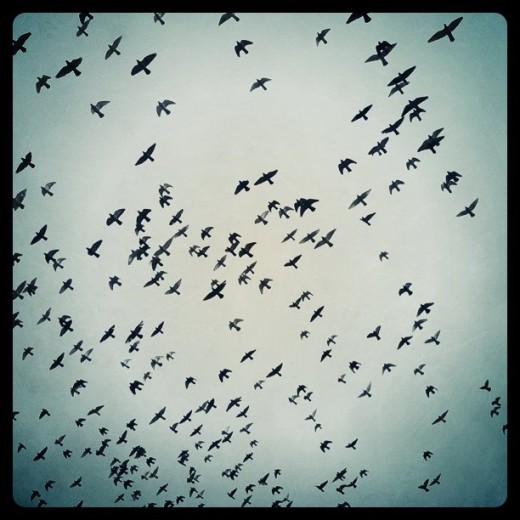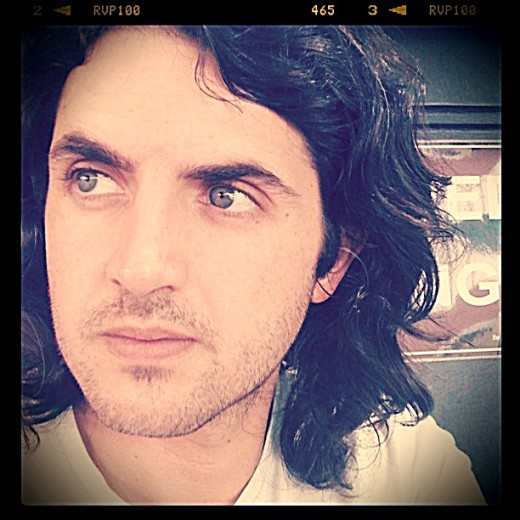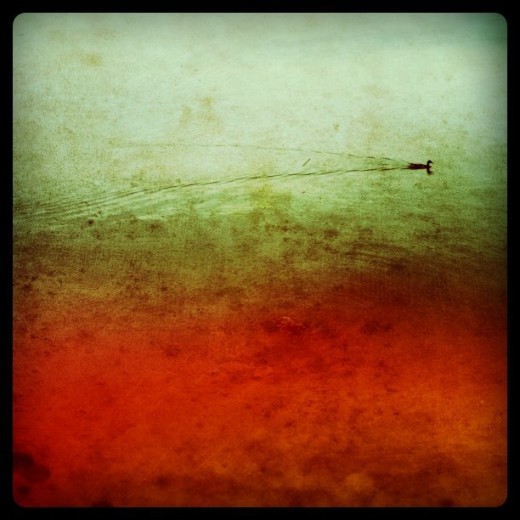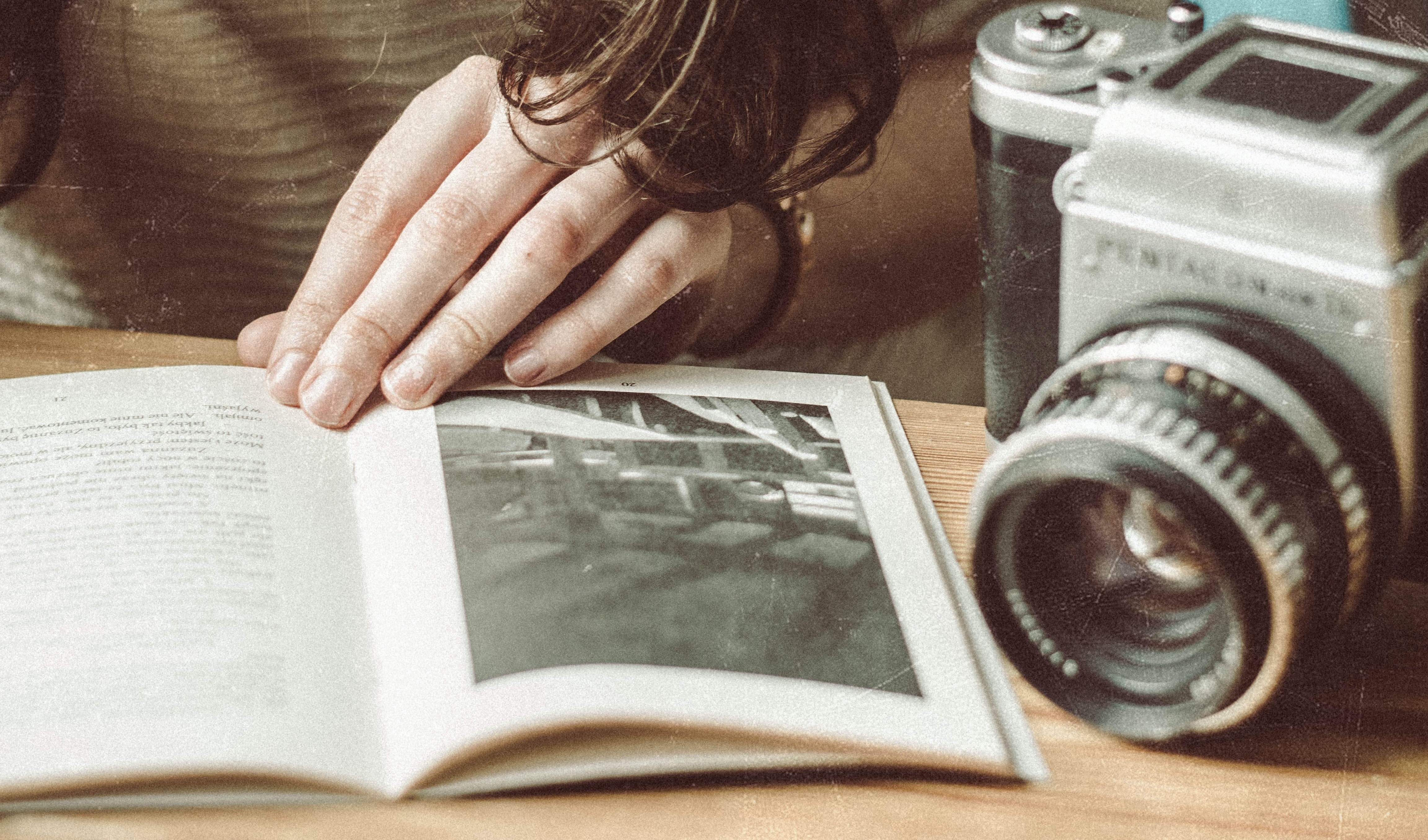With over 50 million combined uploads to Flickr alone, Apple’s iPhone is fast becoming one of the most popular digital cameras in the world.
With over 50 million combined uploads to Flickr alone, Apple’s iPhone is fast becoming one of the most popular digital cameras in the world. Introduced with the iPhone 4, the new 5 megapixel backlit-sensor is actually comparable to most dedicated Point & Shoot cameras from more experienced manufacturers like Canon and Nikon.
Currently, the various iOS handsets and media players take up 4 slots in Flickr’s top 5 camera phone uploads, with the iPhone 4 being the second most popular camera overall, only beaten by the Nikon D90.
One of the reasons for the popularity of the iPhone as a camera, is its mobility. As a phone, it’s a device you always carry with you. While handsets have had cameras for years, few single devices have risen to the level of popularity that Apple’s handsets currently enjoy. Seeing this trend in the rise of iOS device users, app developers have capitalised on the open API of the phone’s camera. One of these apps, Chase Jarvis‘s appropriately titled Best Camera, openly exploits the idea that the best camera you own is the one you always have with you.
Taking a step back, and looking at the smartphone market as a whole, iOS is not the only popular platform out there. Microsoft launched their Windows Phone 7 platform last year, with Nokia signing on as an exclusive partner earlier this year; Blackberry is currently preparing their Blackberry OS 7 range of devices, soon to be followed by a handset version of their QNX tablet platform; and HP has announced a range of devices based on their webOS platform (sourced from Palm in a deal estimated to be worth $1.2 billion). All those platforms offer their own exciting and unique (and sometimes not so unique) features, and are all gunning to be the number one mobile platform. Arguably the best contender, however, is Google’s Android operating system. With almost all of the largest hardware manufacturers on board, Google is in a very promising, if not dominant, position at the moment. What does this have to do with camera phones, and indeed, photography? All of these platforms are pushing the envelope in terms of hardware technology, leading to faster phones with more internal storage, longer battery lives and better camera sensors and lenses. While camera phones won’t replace DSLRs and medium format cameras for studio and other professional work any time soon, they are fast approaching the level of dedicated compact cameras, poised to become the de facto equipment for genres like street and event photography.
Which brings us to the actual point of this post: The rise of mobile applications taking advantage of the rise in mobile photography – and the images that result from using these applications. Applications like the aforementioned Best Camera, Hipstamatic, Instagram, CameraBag, Vignette (Android), and even Adobe’s Photoshop Express all offer users the ability to quickly edit the images they have just taken. Hipstamatic, for instance, lets you choose the type of “film” and “lens” you want to use, before you take the picture. Traditional effects like cross-processing, vignetting, grain, polaroid and various other film-sourced effects can all be digitally applied to the image automatically. Once you are happy with the look of the image, most of these apps can integrate with all your social networks, allowing you to share the picture with your friends instantly. Manipulating digital images to create a film aesthetic isn’t a new concept, but has increased remarkably with the popularity of these apps.
While some photographers might argue that these photos are faked or not really photography, the fact is that iPhone users seem to love Hipstamatic, Instagram and other similar apps, with over 600,000 and 2,3 million uploads tagged as each service on Flickr respectively.
What do you guys think about these apps and the images created through them? Can they be considered real photography, and if they can’t, what is real photography? Or are they just an extension of the Lomography movement? Let us know what you think in the comments.













To me this just means us “real” photographers just have to up our game. Not all that hard though, since the majority of all of these iPhone photos are of rubbish or look like rubbish.
As somebody who recently acquired an iPhone 4, I can tell you that I simply don’t see the point in carrying a point and shoot cmera with me anymore. Even my mates with BB’s seem to take most of their most social pictures with their phones because that’s what they have on them in the moment.
Cool post, thanks.
Firstly, I am no photographer. I do not own a DSLR and my phone (that will not be mentioned O_o) can hardly take a clear picture.
I’m deciding to get a slightly better phone + a good entry level Canon/Nikon
– OR –
Get one of the above mentioned smart-phones.
Why am I leaning towards the smartphone option?
Bottom-line – It will do what I need it to do (take decent enough photos… quality-wise), it is more ‘social’ and it’s mobile.
I guess a similar question would be are you a “real” DJ if you use a turntable VS digital CDJs?
You need an ‘eye’ + story-telling abilities to be a “real” photographer in my opinion.
What you use to capture ‘that moment’ is irrelevant.
Thanks for the informative article Matt.
@Dylan, just get a cool phone bud, it’s the future 😉 Article by Francois btw, just passed on the link.
iPhone definately has some percs!
You ALWAYS have it with you! You can take great photos, and there are tons of camera apps available that can give some really cool effects.
Personally I snap away on my iphone wherever i go – and leave my trusty old friend, a panasonic LX3 10mp at home, simply ‘cos of the ease of use.
to get away from the generic “hiptsamatic” look, I combine a few apps to get a unique look. My work flow usually start with a HDR photo app, then gets put through one or two other apps, creating a totally unique look. I have some controll over the final output, and can tweak until im happy 🙂
Ofcourse there’s no manual controls that some find essential (what I was lookng for in a compact digital camera) But I’ve found ease of use, speed, simplicity and easy sharing with friends more than makes up for the lack of “control”
@Diaan try taking a shot whilst driving with your DSLR, whic is prob in the boot or wrapped away in some fancy bag, and too much of a mission to get out, screw on the lens and take the photo. I was lucky enough to be stuck in traffic one morning, grabbed my iphone from my pocket, opened my fav app snapped 2 pics with my hand out the door. And i got a pic that i think is awesome – all done on my iphone.
There’s pros and cons, but the usability of something thats only ever a foot away from you trumps all cards.